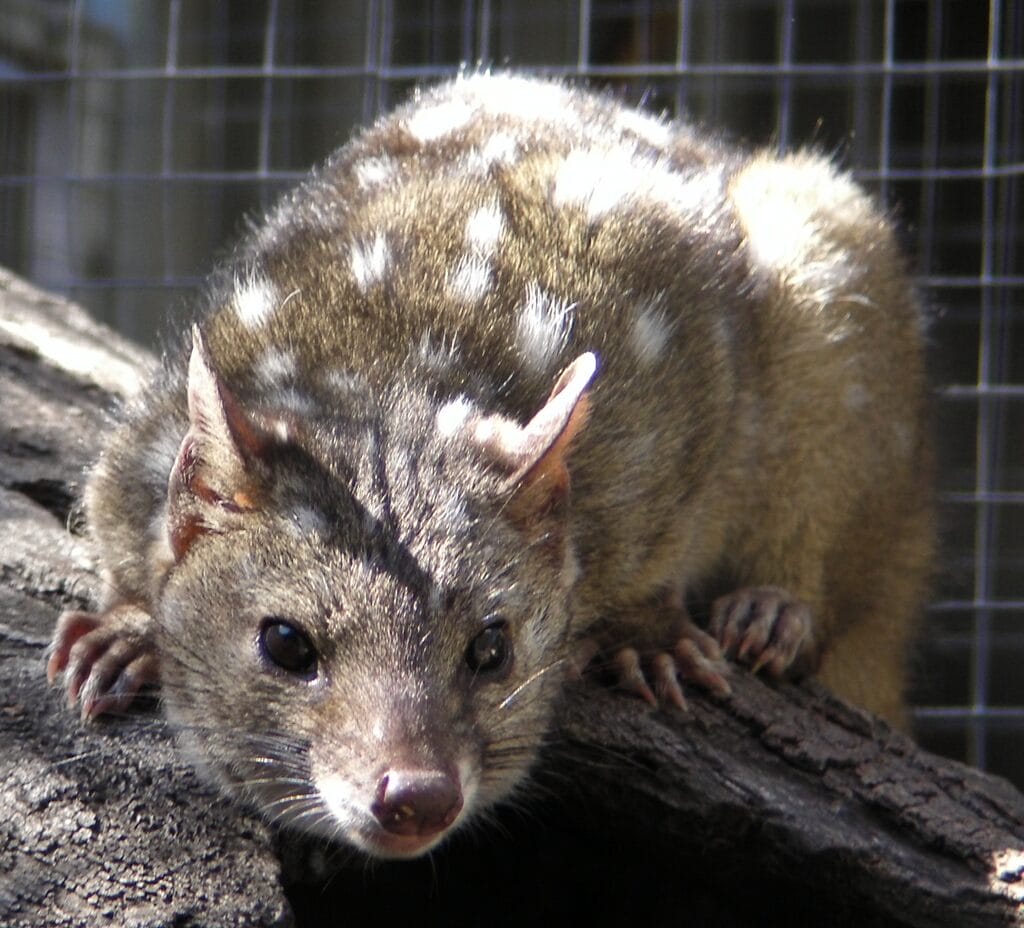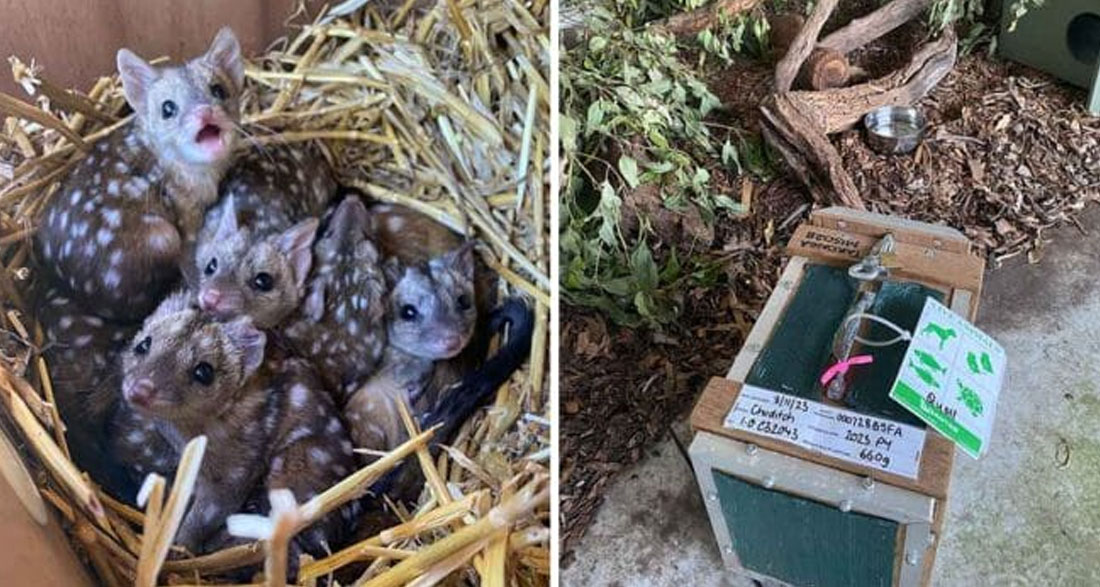A remarkable discovery has sparked hope for a species that was almost lost forever.
A group of passionate researchers in Australia is celebrating after their hard work to bring back a nearly extinct species seems to be working.
In an unexpected turn of events, ecologists at the Mt Gibson Wildlife Sanctuary in Australia made an exciting find—one that could change the future of the western quoll forever.
These scientists uncovered a litter of newborn, spiky creatures. But these aren’t just any animals. They belong to the western quolls, a species of marsupial carnivores that were once widespread across Australia but are now close to disappearing.
The western quoll, also known as the chuditch, used to roam much of Australia. However, since the first Europeans arrived on the continent, the quoll population has been rapidly shrinking. Today, these animals are only found in small, scattered groups in the southwestern corner of Australia, with very few left in the wild.
Though not very large—about the size of a cat—these little creatures play an important role in their environment. They help control the populations of smaller invertebrates, reptiles, and birds, maintaining a delicate balance in the ecosystem.

New Hope for the Species For the past few months, ecologists have been working tirelessly to reintroduce the western quolls to the Mt Gibson Wildlife Sanctuary, an area where they had been extinct for many years. After the discovery of the newborn quolls, it’s clear that their efforts have paid off.
It’s a heartwarming sight for the researchers—these tiny creatures are not only surviving but thriving. The baby quolls are a promising sign that the species is adjusting well to its new home and is even successfully reproducing.
“This is a significant milestone for the project. Through regular monitoring, we can see the quolls are doing well at the sanctuary,” said Georgina Anderson, Senior Field Ecologist at the Australian Wildlife Conservancy (AWC). “Encountering the first pouch young is a positive sign that they have adjusted to the new environment.”
One of the quolls, named Aang, has become a bit of a local celebrity. Aang is one of the largest quolls in the sanctuary and a regular visitor to the camera traps set up by the researchers.
Known for his curious nature, Aang often makes rounds to multiple sites, stealing the chicken used as bait and disrupting the traps. “He is one of our largest and most striking quolls with a personality to match,” Georgina shared. “He often causes a bit of chaos, but it’s all in good fun!”
The discovery of these baby quolls is a huge victory for conservation efforts and brings new hope for the future of the species. The team’s hard work and dedication are paying off, and the western quolls may one day thrive across Australia again.
Let’s take a moment to celebrate this good news! The future of the western quoll looks brighter, and with continued efforts, the species could return to more parts of Australia.
What are your thoughts on this incredible story? Share them in the comments below!

